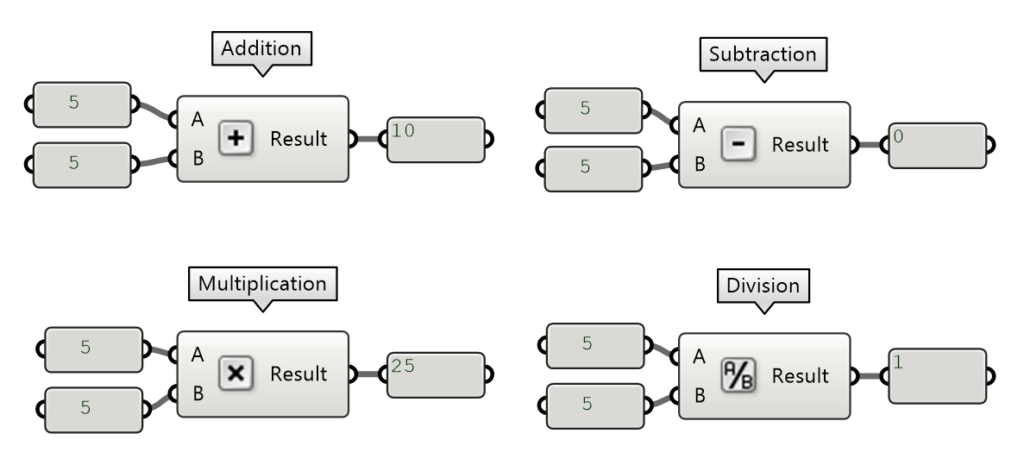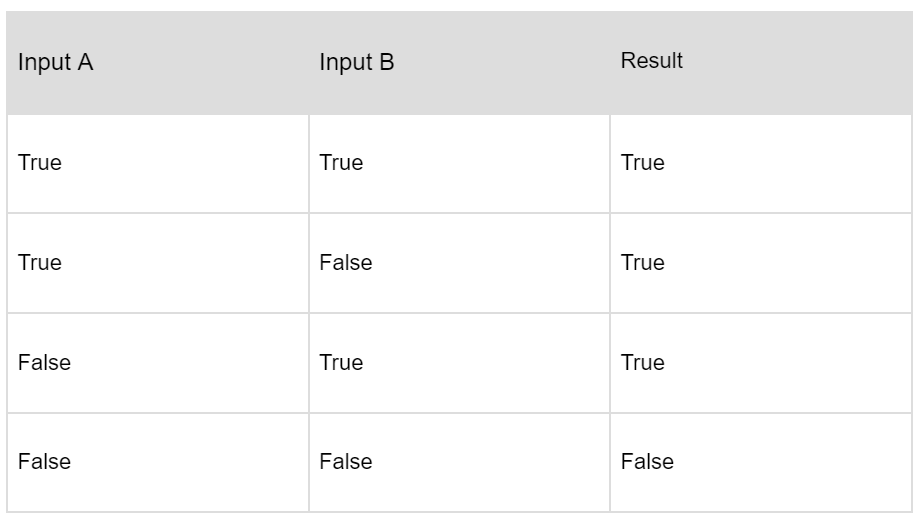Many people think that only those who are geeks and have a strong mathematical background can learn this skill. However, this couldn’t be further from the truth. In this blog post, I will answer the question: Do you need to be a geek to learn parametric design? I will also share some helpful tips and tricks to help anyone get started with parametric design, no matter their background or technical knowledge. Whether you’re an experienced engineer, an aspiring designer, an artist, or simply curious about parametric design, this post is for you. Check out 5 reasons why Learning Parametric Design is easier than you think.
Table of Contents
1. Simple Math Is the Key
Opposed to popular belief, parametric algorithms are based on simple mathematical formulas. The scripts mainly involve addition, subtraction, multiplication, and division operations. If you’re familiar with these four operations, you already have the foundation to start learning parametric design. Additionally, you don’t need to have a good understanding of integrals, derivatives, or trigonometry operations because you can use already-created components.
2. Trigonometry Is a No-Brainer
Many people have negative memories of trigonometry from school, which can make them nervous about learning parametric design. However, using Grasshopper makes trigonometry easy to understand. For example, the Right Trigonometry component in Grasshopper can calculate all the measurements of a rectangular triangle based on just two inputs. You don’t need to know any rules, and the component does all the work for you.
To use the Right Trigonometry component, simply drag and drop it into the Grasshopper canvas. Then, connect minimum two inputs labeled “alpha” and “beta” to the angle components, or “p”, “q”, and “r” to the length components in your Grasshopper definition.
For example, if we know the angle “alpha” in radians and the length of segment “r”, we can use the Right Trigonometry component to calculate the length of segment “q” as well as the length of segment “p”. The third angle in the rectangular triangle is always 90 degrees, so we don’t need to provide it as input.
3. Reuse the work of others
With almost 8,000 components available, you can easily find one that meets your needs. This means that you don’t have to spend countless hours trying to figure out how to create a specific effect or algorithm from scratch. Instead, you can search for components that have already been created and see if they fit your needs. If you find a component that you like, you can download it and integrate it into your own Grasshopper project.
Grasshopper is an open-source program, and many users share their work. The Grasshopper community is also incredibly active and supportive, with users frequently sharing tips, tricks, and advice on how to use the program more effectively. This means that even if you can’t find a pre-existing component that meets your needs, you can always ask for help from other users.
4. Logic Matters in learning Parametric Design
Parametric design algorithms are mainly based on logic. Knowing the relationship between components’ inputs and outputs and rules for logical operations is crucial. The three most common logic operations are: Not, And, and Or. You may remember these from school, but it’s not rocket science, and you’ll quickly catch up.
Perform boolean negation (NOT gate).
AND gate – Perform boolean conjunction . Both inputs need to be True for the result to be True.
OR gate – Perform boolean disjunction Only a single input has to be true for the result to be True.
5. Quick Feedback
Visual programming is a great way to learn and experiment with design ideas. One of the reasons for this is the immediate feedback that Grasshopper provides. This means that as you make changes to your design, you can instantly see the effects of those changes in real-time. Designing becomes a trial and error process, which can be an effective way to learn. You can quickly try out different ideas and see what works best. If something doesn’t work, you can easily identify the error and make adjustments until you get the desired result. This trial and error method can help you learn faster and make better design decisions.
Moreover…
… Grasshopper makes it easy to find and fix errors in your design. The visual programming interface clearly shows the connections between components, making it easier to identify where an error may be occurring. Additionally, Grasshopper provides error messages that give you a clear understanding of what went wrong, so you can quickly fix the problem and move on.
First things first while Learning Parametric Design
Before learning any parametric software you should start with Computational thinking. It is a set of skills needed to solve real-life challenges with the help of a computer. It’s important to understand how this process works, but you don’t need to know everything that happens inside the computer processor. As Steve Jobs said: “It (Programming) teaches you how to think.” This means you approach problems in an entirely new way. You always look for the logic behind the problem and what is driving what. Simply put, computational thinking is a process for solving complex problems. Programming tells a computer what to do and how to do it.
You can learn about computational thinking and how it applies to parametric design in my previous article HERE
Conclusion about Learning Parametric Design
You don’t need to be a math genius or an IT programmer to learn parametric design. Simple math and logic are more than enough to start with visual programming. Grasshopper makes trigonometry easy, and reusing others’ work can save time and effort. The most important skill is understanding computational thinking, which is a superpower that future engineers need.
Don’t let myths hold you back from learning parametric design – start now!





















